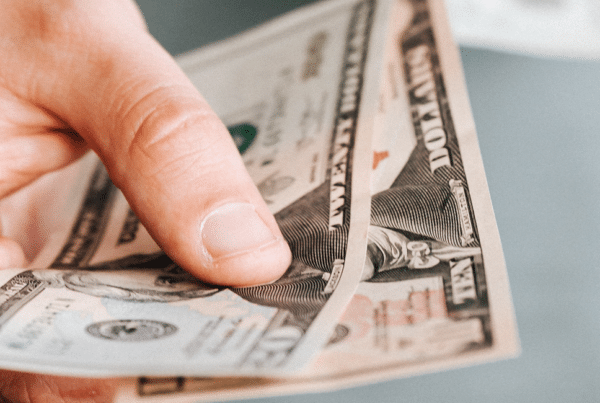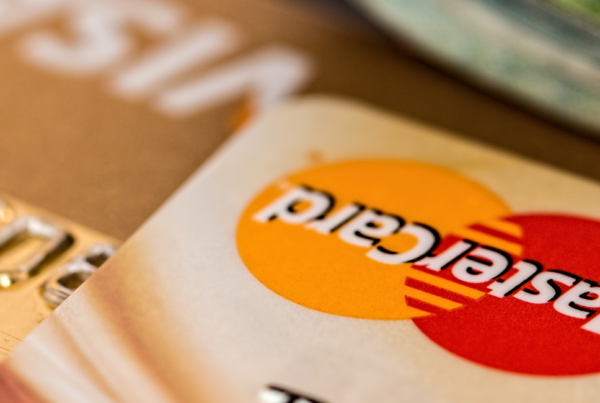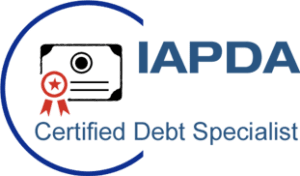
How Do Payday Loans and Cash Advances work?
Payday loans and cash advances are expensive. If you take nothing else from this article, take that. They are one of, if not the highest costing line of credit available to consumers. They offer a means of getting small loans before payday, but at very high interest rates.
The simple process of obtaining payday loans makes them addictive if you’re not careful. All you have to do is provide a means of identification, banking details for payment drafts, and a recent pay stub. Usually within 24 hours you’ll be the proud owner of a new shiny payday loan… and 400% or more interest to go with it.
When you need help financially before payday, these lenders will tell you they can help in a pinch. They’ll offer you a small loan based on your income that must be paid back within a short time – usually your next payday – and at a high interest rate. While this seems like a quick solution to a financial crisis, the cost of this loan often results in further financial troubles.
Downsides of a payday loan
The quick repayment and high-interest rate of payday loans and cash advances make them difficult for borrowers to pay off and still maintain other expenses. Remember, the quick fix the payday loan provides will cost you next pay check. Because of how payday lenders work, this payment isn’t optional; the draft is set at the time the loan is granted. Next payday rolls around and you now have to face the original debt, plus interest, and any other scheduled bills for that pay cycle. This is how consumers end up as frequent borrowers of these loans. Payday loans are temporary fixes that create long term problems.
If you rely on payday loans to make ends meet, it’s easy to be left with little money to spend on necessities and other bills. You might even fall behind an entire paycheck. If you find yourself in a situation where you need a payday loan, it’s probably time to evaluate your financial situation from the ground up.
An all too common scenario
Let’s say you need to borrow $500 due to an unexpected vehicle repair prior to payday. You are provided a loan from Generic Payday Lender at an interest rate of 500%. To make it simple, this is equal to about $20 in interest for every $100 borrowed. Right out of the gate, you owe $100 in interest for a total loan amount of $600, and you have to pay it back with your next paycheck.
Now, payday comes around and in addition to your other expenses, you have to pay the full $600 loan amount. If you can’t, the lender will roll the loan into a new month, with new interest rates. Now your interest on your $600 loan is $120 – remember the interest is equal to $20 per $100 – with your loan now at $600 including interest from last month, your new rollover total is $720.
You’re now paying $720 for a $500 loan, and this increase has occurred in only two pay periods. Imagine how hard it will be to pay $720 with your next paycheck when $600 was not possible the month prior? If you continue the math, you will be shocked by how much a payday loan can truly cost you, especially when rolled over for a month or more. If you’d like to dig a bit deeper into the industry of payday loans, this is a great resource.
Look at other loan options
It’s in your best interest to check if you can get loans from other sources outside payday loans and cash advances. The reason is that before agreeing to a loan, payday lenders will set up a continuous payment authority or CPA for you. This allows them to take what you owe directly from your bank account via your debit card on payday. While this can come in handy, its no longer an optional payment, or a bill that you can “move around” in the budget.
There are credit cards available to consumers with poor credit. While the interest rates will still be high, you’re looking at 20%-30% if you get approved. Compared to 500% or more, a credit card is a much safer choice.
Obviously the ideal scenario is to not borrow at all. Focus on your income and ways you can supplement it. Look for expenses you can cut back on, or even sell some things.
Avoid payday loans and cash advances at all costs
As much as possible, avoid payday loans. It’s easier to do this if you budget well and build a decent strategy to cater for emergencies. Planning ahead of time will save you a lot of stress and help avoid the need for these loans in the first place. It’s also a good idea to get ahead of your debt. If paying down debt is causing you to consider a payday loan, you may be better suited exploring debt management or settlement programs to get back on track.
However, there are cases where loans seem best. In that situation, ensure you do a critical analysis of the situation. Get loans that you can pay off easily with minimal interest. You can also ask your lender if you can pay in installments if that helps you pay more comfortably and have enough for other necessities. You’ll want to be certain that you can pay this loan off on the agreed date, otherwise the snowball effect of 500% or more interest will bury you quickly.





